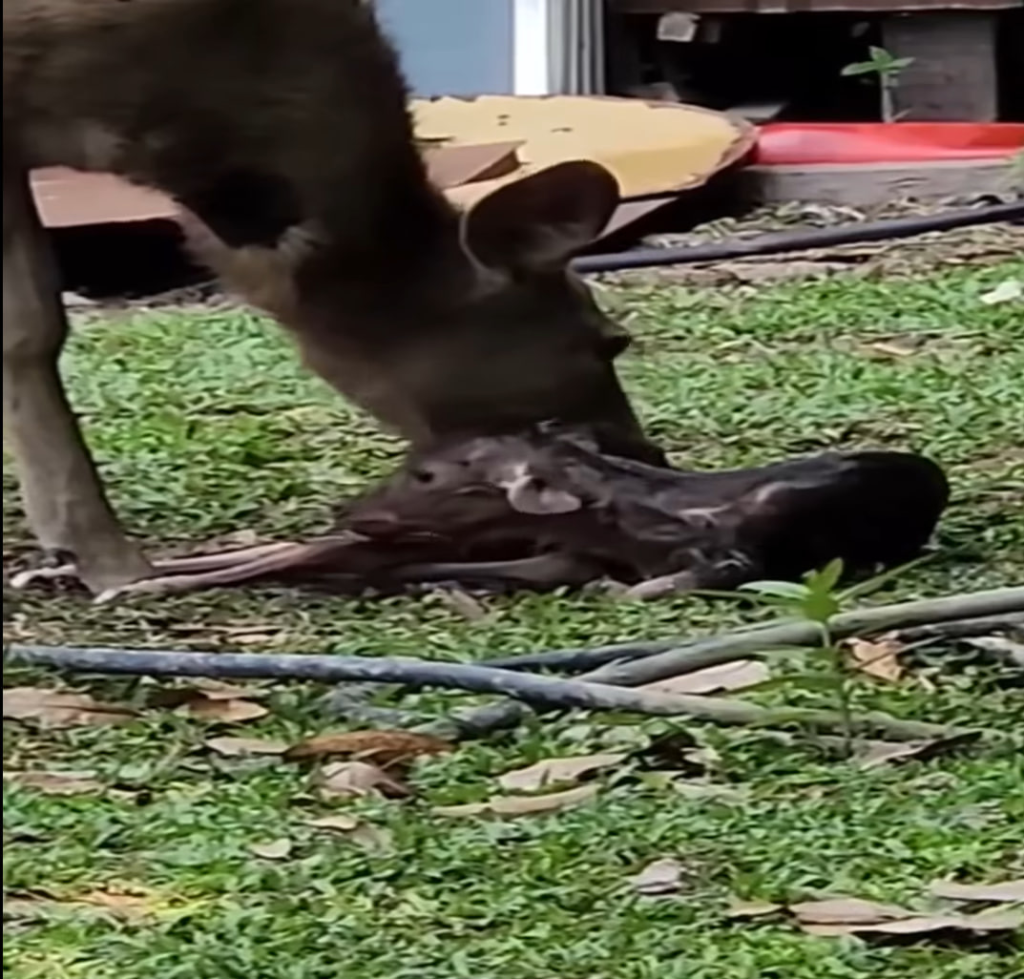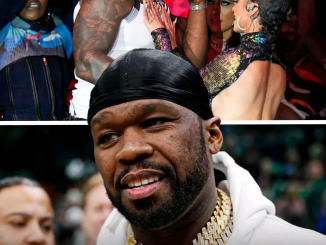The process of a donkey giving birth, also known as foaling, is a natural yet challenging event that highlights the endurance and care of a mother donkey. When a donkey is ready to give birth, she shows clear signs of labor, such as restlessness, pacing, or lying down repeatedly. Her body prepares for the arrival of her foal, and she experiences intense contractions.
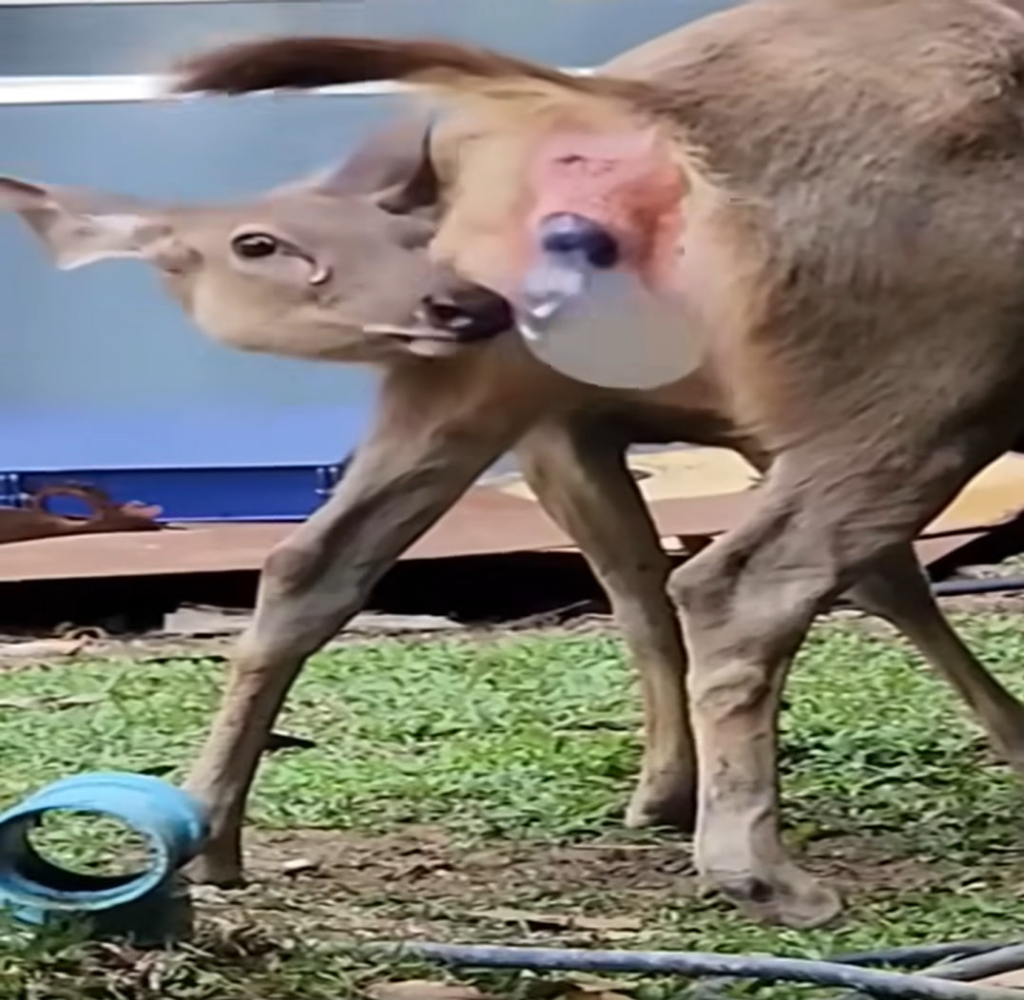
The first stage of labor involves the mare (female donkey) positioning the foal for delivery. This stage can last several hours, during which she may sweat and appear uncomfortable. As the second stage begins, the mare experiences strong contractions to push the foal out. This is the most painful and physically demanding part of the process.

The foal’s front hooves and nose are usually the first to appear, encased in a thin sac. The mare pushes through the pain with determination, often pausing briefly to regain strength between contractions. Eventually, the foal is born, usually landing softly on the ground. This is a moment of relief for the mother, though her work is far from over.
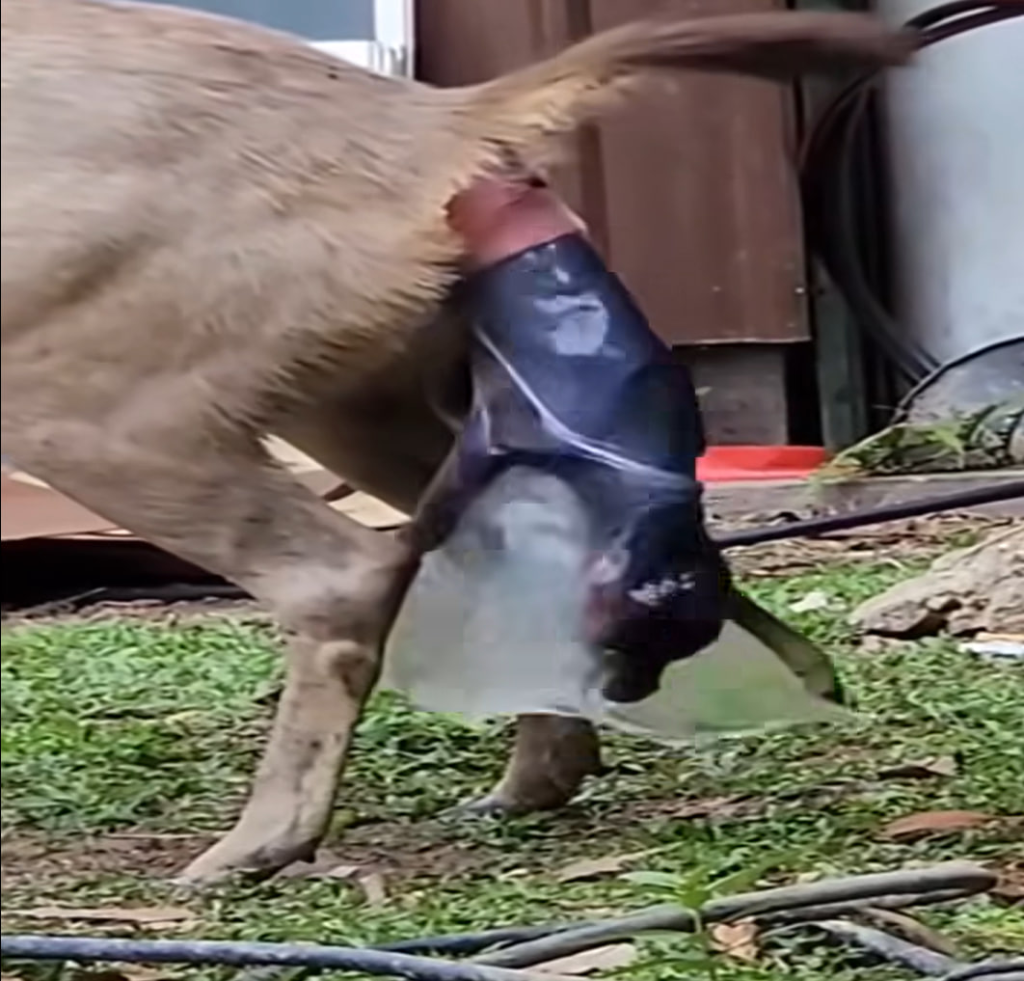
Immediately after birth, the mare instinctively begins to clean her foal. She uses her tongue to lick the foal’s body, removing the amniotic sac and stimulating its circulation. This act is critical for the foal’s survival, as it encourages the newborn to take its first breaths. The licking also helps dry the foal, keeping it warm and reducing the risk of illness.
Despite the pain and exhaustion, the mare’s focus shifts entirely to her foal. She gently nuzzles the newborn, encouraging it to stand and nurse. Within a short time, the foal attempts to rise on its wobbly legs, an important milestone in its early moments of life.
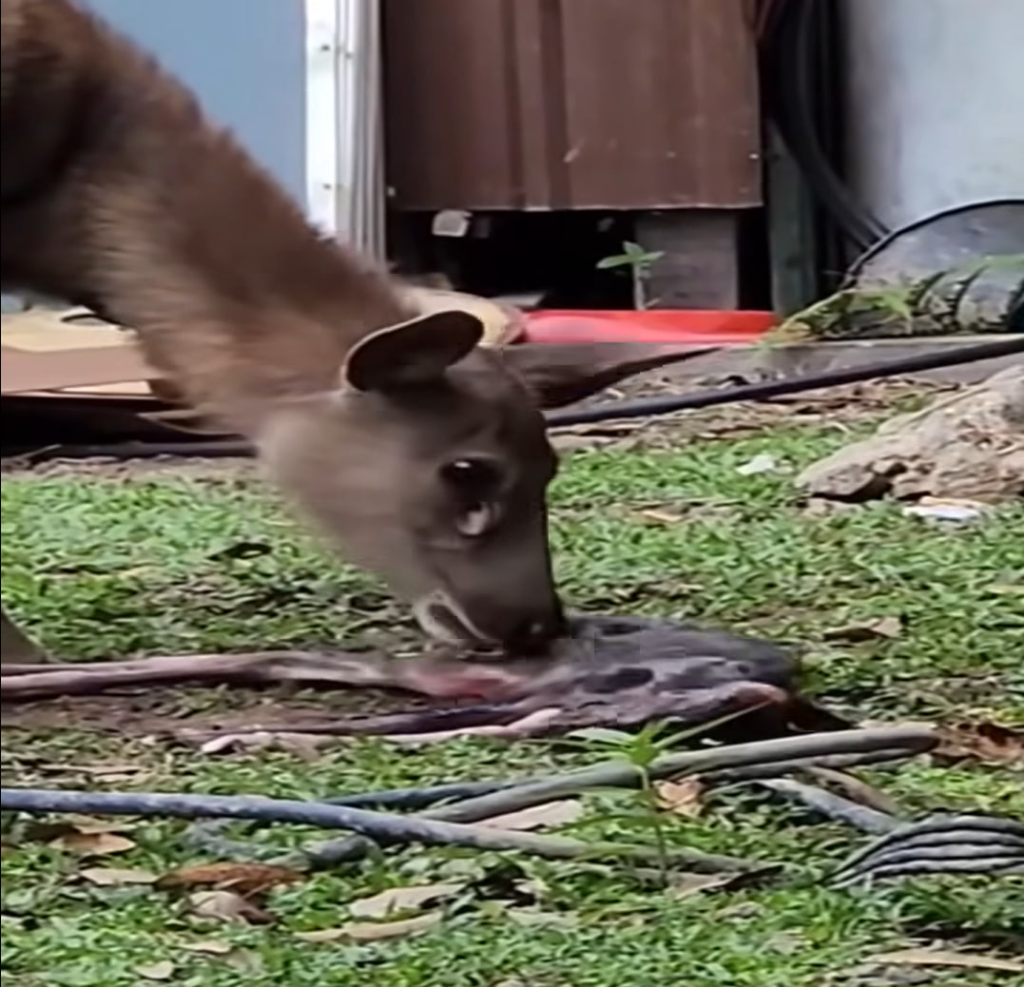
The bond between the mare and her foal is immediately evident. The mother continues to care for her foal, ensuring it nurses properly to gain the strength and nutrients it needs. Her protective instincts also kick in, as she stays alert to guard her foal from potential dangers.
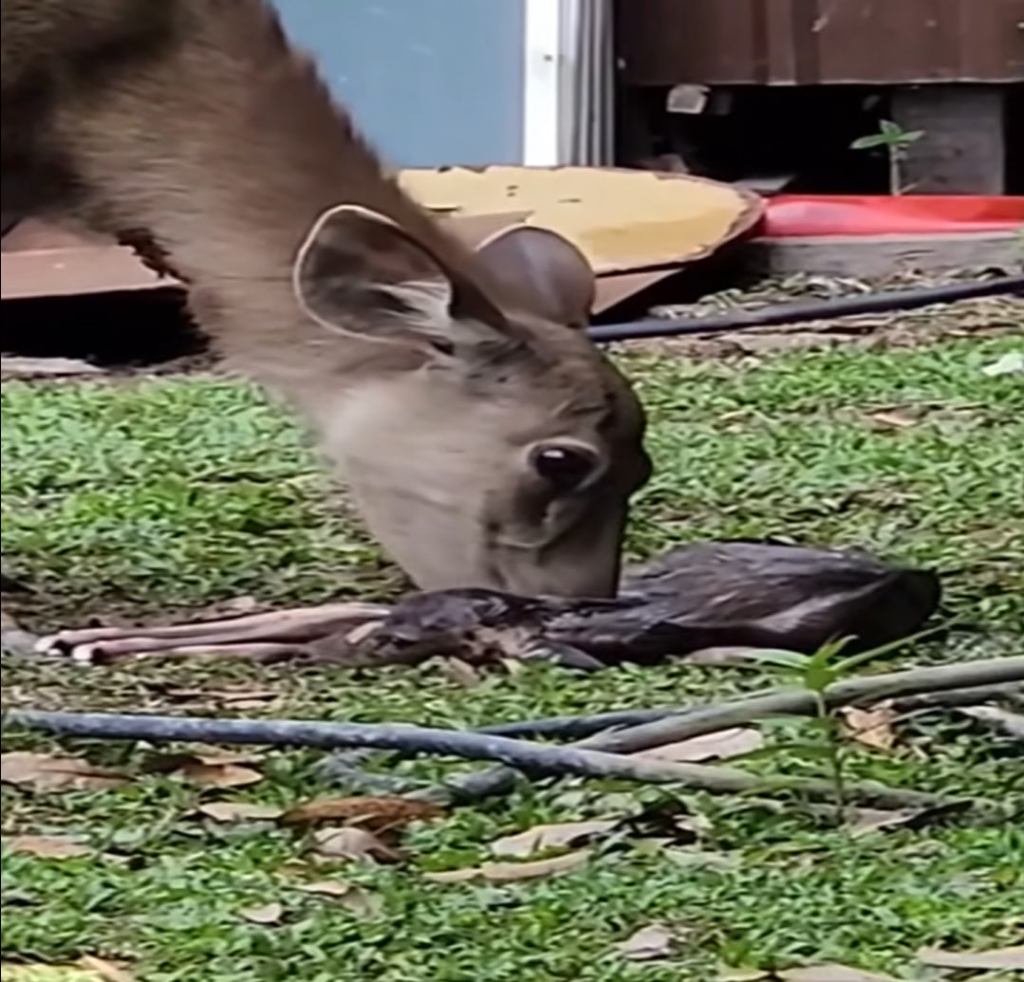
Though the process of foaling is physically taxing, it showcases the resilience and nurturing nature of donkeys. The mare’s ability to endure pain and provide care for her foal is a testament to the strength of maternal instincts in animals. This remarkable process reminds us of the dedication and sacrifices involved in bringing new life into the world.
In the days that follow, the mare remains close to her foal, teaching it to navigate its environment and ensuring it thrives. Her patience and perseverance leave a lasting impression, demonstrating the unbreakable bond between mother and offspring.
